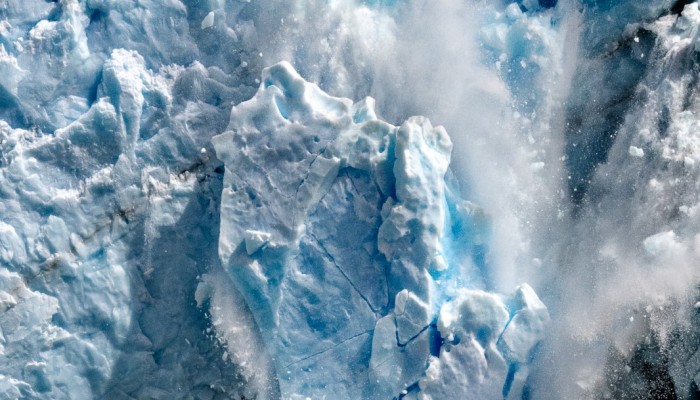
A huge ice fall off the Perito Moreno glacier in the Los Glaciares National Park, southwest Santa Cruz Province, Argentina, was voted one of the three best pictures entered into the EGU’s annual photo contest, by the conference participants at the 2015 General Assembly.
Perito Moreno glacier is one of 48 glaciers feeding into the Southern Patagonia ice field, which combined with the Northern Patagonia ice field, comprise the largest temperate ice mass in the Southern Hemisphere. Like many other mountain glaciers, Perito Moreno, is highly sensitive to climate change. At the surface of a glacier, erosive processes know as ablation, can remove ice from the bulk of the glacial mass. If the ice lost is not replaced in sufficient quantities by rainfall and snow provided by weather systems, the energy balance of the glacier is upset and the glacier starts to shrink. At the glacial surface, the processes of accumulation and ablation, clearly manifest the strict connection between glaciers and climate.
In a recent interview, Bernard Francou, a renowned French glaciologist, explained that glacier depletion in the Andes region has increased dramatically in the second half of the 20th century. In recent decades the glacier recession rates increased at an unprecedented rate when compared to the last the last three centuries. It is estimated that glaciers in this region have lost between 35% and 50% of their area and volume since 1976.
Christian Massari, a hydrology postdoctoral researcher of the Italian National Research Council, says “capturing the precise moment when the large chunk of ice broke off the glacier front was not easy task. It required concentration to patiently wait two hours, on a hot January day, to capture the critical moment.”
You can watch a video of a similar ice fall event, which took place in January 2012, here.
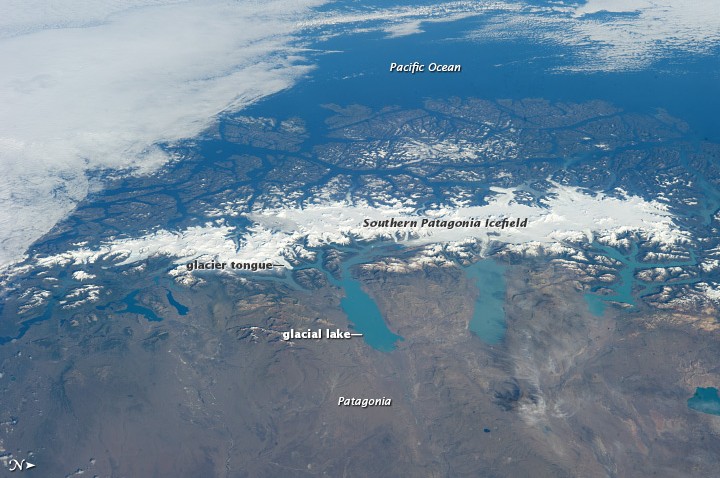
Southern Patagonia Ice Field . Credit: Astronaut photograph ISS038-E-47324 was acquired on February 13, 2014, with a Nikon D3S digital camera using a 65 millimeter lens, and is provided by the ISS Crew Earth Observations Facility and the Earth Science and Remote Sensing Unit, Johnson Space Center. The image was taken by the Expedition 38 crew. It has been cropped and enhanced to improve contrast, and lens artifacts have been removed. (Distributed via Nasa Earth Observatory, Image of the Day ).
Imaggeo is the EGU’s online open access geosciences image repository. All geoscientists (and others) can submit their photographs and videos to this repository and, since it is open access, these images can be used for free by scientists for their presentations or publications, by educators and the general public, and some images can even be used freely for commercial purposes. Photographers also retain full rights of use, as Imaggeo images are licensed and distributed by the EGU under a Creative Commons licence. Submit your photos at http://imaggeo.egu.eu/upload/.

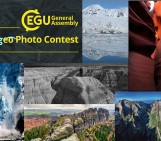
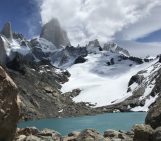
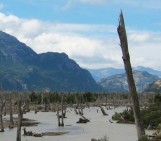
Pingback: GeoLog | Imaggeo on Mondays: The glacier surviving climate change - GeoLog